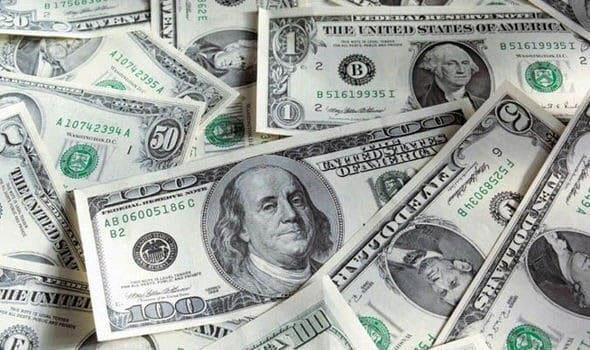
Dollar stays soft
On Thursday, the dollar failed to gain ground against most of its major counterparts. Markets saw early data indicating that the Omicron variant of the new coronavirus may not be as bad as feared, even as new COVID-19 restrictions in the United Kingdom weighed on the pound.
MSCI’s all-country world index has reclaimed an all-time high. This came after posting its best day in over a year on Tuesday and continuing to rise on Wednesday.
BioNTech and Pfizer announced on Wednesday that a three-shot course of their COVID-19 vaccine neutralized the new Omicron variant in a laboratory test. This indicated that booster shots might be necessary to protect against the newly identified variant infection.
The overall risk associated with omicron is exceptionally high. It’s incredibly perplexing, and it’s causing intraday moves to be quite volatile.
Currencies
The British pound fell to a year low after British Prime Minister Boris Johnson imposed stricter COVID-19 restrictions in England. He ordered people to work from home, wear masks in public, and use vaccine passes. However, the pound recovered slightly, closing at $1.3202.
The euro was at $1.1338, up 0.7 percent on Wednesday to a week high of 1.1354; The Australian dollar was at $0.7168. It went slightly from Wednesday’s high after a midweek rally in risk assets such as equities aided the currency.
The United States Federal Reserve’s December meeting, which takes place next week, is also on traders’ minds. The Fed may announce an acceleration of the tapering of its bond-buying program.
Before introducing the Omicron variant, the varying rates at which global central banks would raise interest rates significantly shaped currency markets.
Moreover, as expected, the Canadian dollar remained unchanged after the Bank of Canada maintained its key overnight interest rate at 0.25 percent.
Bitcoin was roughly flat at $50,400 after top executives from six major cryptocurrency companies, including Coinbase and Circle, urged Congress to provide more precise rules for the thriving $3 trillion industry.


